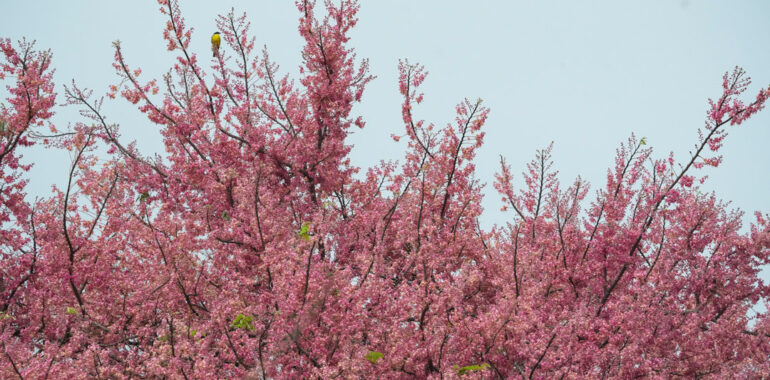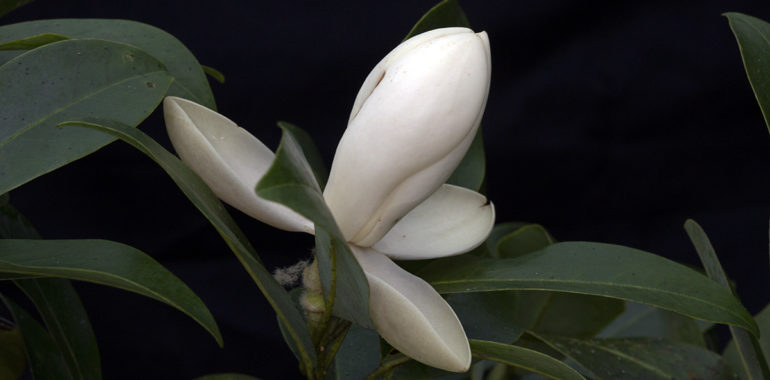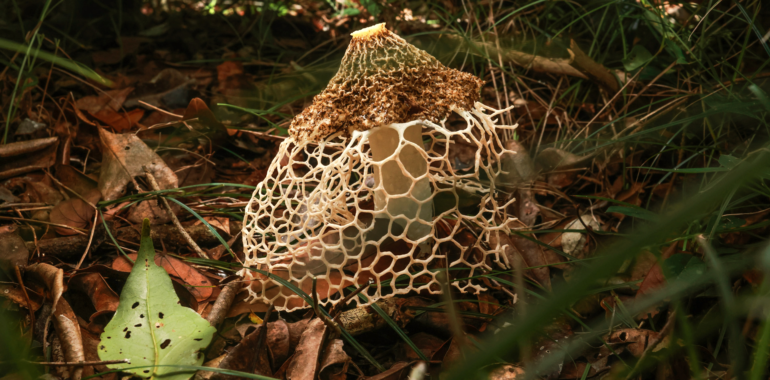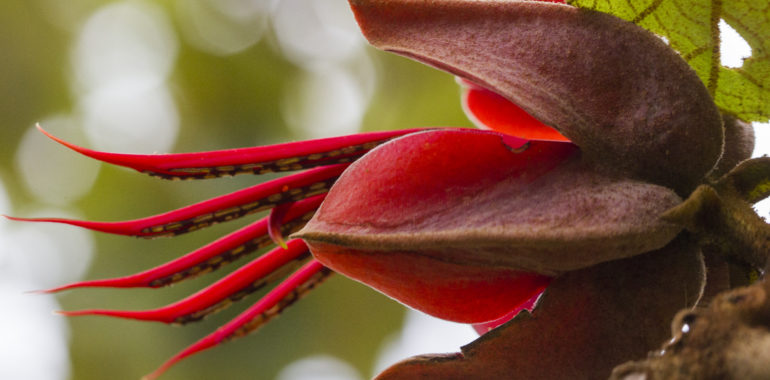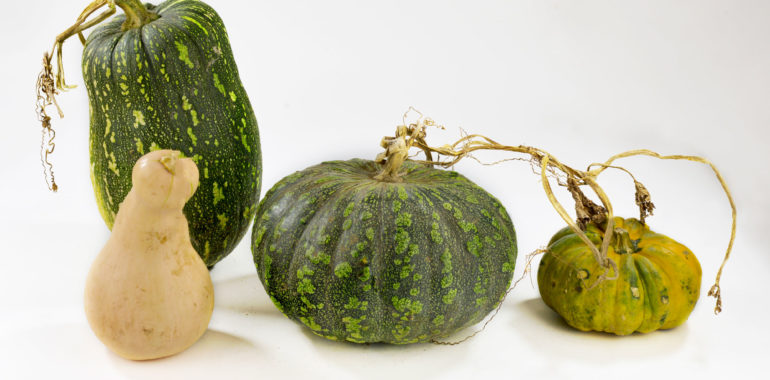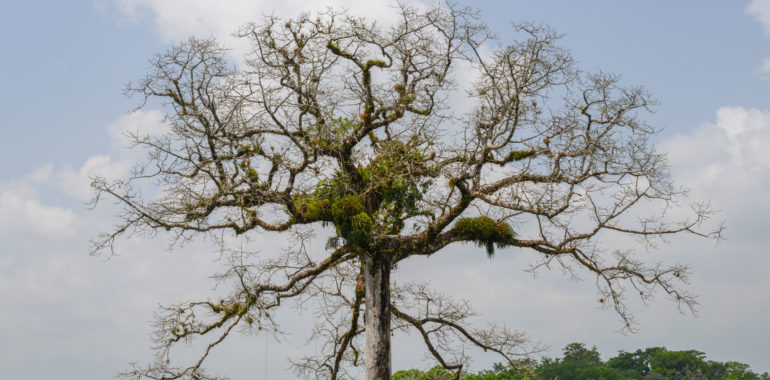On April 5th, 2024, our expedition team went to the Northeast of Guatemala in search of 4 different native plants that are locally used as flavorings for cacao. Finding them and learning about them would enrich the research we have conducted so far on the cacao drink and the flavorings for cacao. These species are: …
How do we celebrate Christmas in Guatemala? Take a closer look at the Native Christmas Species
December is a particular month, full of joy and reflection on what has been accomplished during the year. The fruits and flowers stand out, with their colors and flavors making this season even more special. One of the signs that the end of the year has arrived in Guatemala is to look around and find…
Trees to admire today, the international day for the preservation of tropical forests
Tropical forests are all forests which are located in the tropics, or put in other words, closer to the equator line. They are generally characterized by higher temperatures, bigger amounts of rainfall, and particularly, broader biodiversity indexes. Taking into account that tropical forests are those that grow in the tropics, they can be classified according…
Guatemala’s wildlife is like no other and we should take care of it.
Wildlife in Guatemala is unique, as in few places in the world. To better understand this, it is worth understanding the natural history of this country: Phallus indusiatus at Paso Caballos, PNLT. Photo by: Boris Llamas. August 2021. Guatemala is located in between two broad continental masses that support almost every kind of ecosystem…
The Mesoamerican Christmas tree: Pinabete (Abies guatemalensis Rehder.)
Abies guatemalensis Rehder is a species of pine (family Pinaceae) that commonly receives the name of Pinabete, Romerillo, or Pinabete of Guatemala; In Mayan languages, it is known as Pashaque, Tz’in chaj, Pajchac, and Paqtxaq (INAB & MARN, 2017; INAB, 2019). Its natural distribution includes México (Jalisco), Guatemala, El Salvador and part of Honduras (Lempira).…
Medicinal plants of Guatemala: An approach to ethnobotany
Guatemala is widely known for being a Megadiverse country in terms of its natural and cultural resources, but this diversity is not only special for its uniqueness, but also for the management that has been given to it. The native people of the country have inherited important knowledge about the uses of plants for generations.…
Amazing cenotes in Yaxha
Did you know that in Yaxha, Nakum and Naranjo National Park there are cenotes attached to the Yaxha Lagoon? If you visit this place, we recommend you take a boat ride and ask the boatman to take you to see the cenotes. You must take into account that in the dry season you may not…
Maize: The most important crop for The Mayan Culture
It is estimated that, in Mesoamerica, agriculture could have occurred 9,000 or 10,000 years ago, approximately. This area, which covers the southern half of Mexico and part of Central America, has been considered one of the most important centers of plant domestication in the world due to the coexistence of extraordinary plant diversity and a…
Guatemalan pumpkins
The main symbol of the Halloween tradition is pumpkin. Although October 31 is not a traditional celebration date for Guatemala, we know how it is celebrated in other countries. Pumpkins are something significant for the date. Orange and with monstrous carved faces. Do you know that in Guatemala we also have pumpkins? Although they are…
Why is Ceiba so important in our country and the Americas?
Ceiba is one of the largest trees in the tropics, measuring up to 70 meters high and its roots up to 5 meters deep. It is a tree that we can find in most places in the towns of Guatemala. It was declared a National Tree on March 8, 1955. It is also very common…

